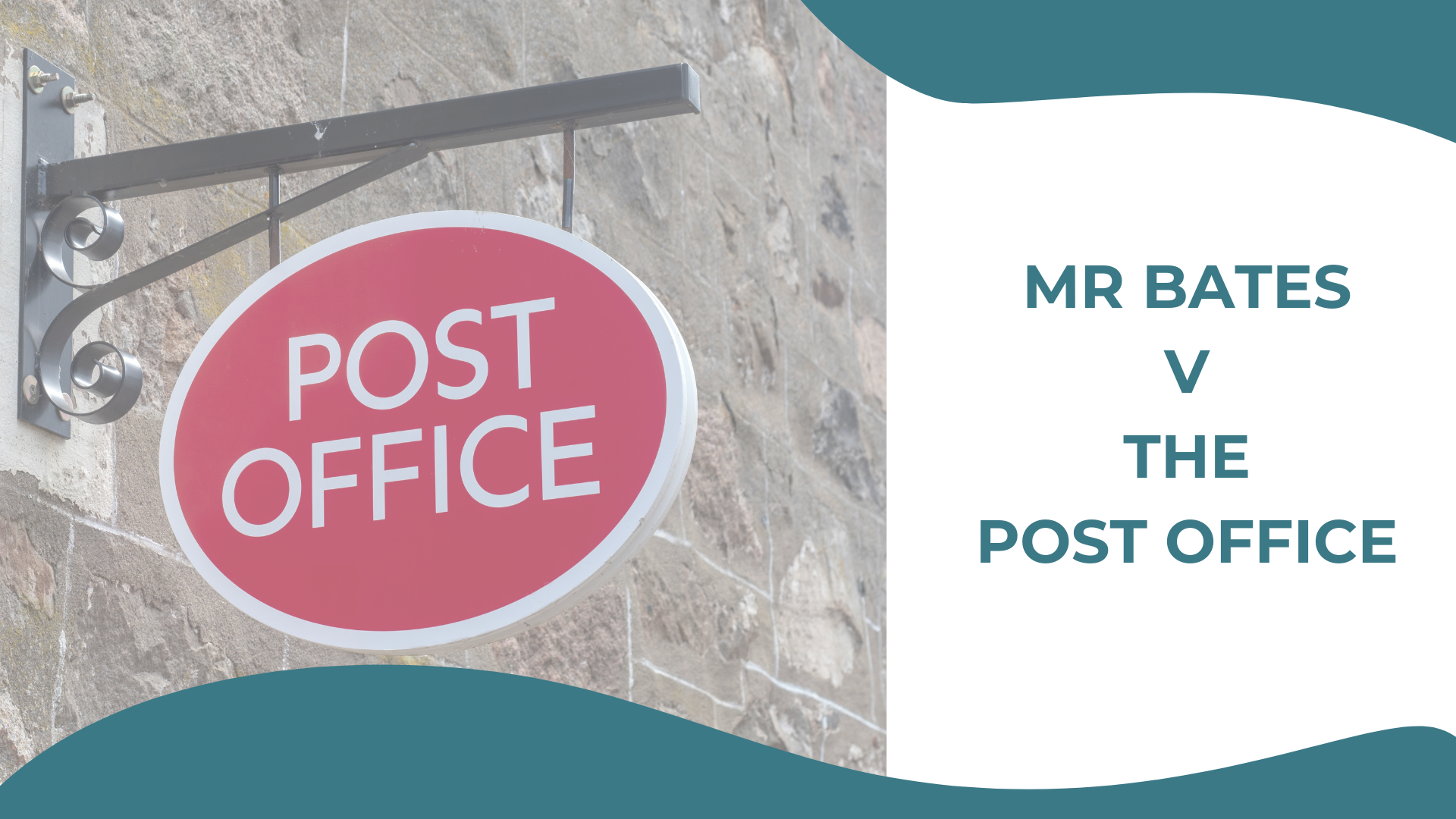This article on the Neuroscience of Trust forms part of our Leadership Insights series, looking to help leaders to build trust in their workforce, leading to greater productivity, higher energy at work, better collaboration and longer retention.
So how do leaders build trust?
A 2017 Harvard Business Review article by Paul Zak addresses this common problem. Leaders know that low engagement equates to low morale and lost value. But they aren’t clear what to do about it.
In his article, Zak presents his research into the neuroscience of trust. Specifically, why do people trust each other in the first place?
It’s all about the oxytocin!
The neuroscience of trust is that a brain chemical called oxytocin signals levels of trust – helps us decide at a practical level whether it is ‘safe to approach’ or not. High levels of oxytocin reflect high levels of trust, and high-trust in organisations leads to greater productivity, higher energy at work, better collaboration and longer retention. Trust also creates joy – or enjoyment – at work!
These are powerful findings and prompts the question: if high levels of oxytocin heighten levels of trust, what conditions stimulate higher levels of oxytocin?
Leading in ways to build trust
Fortunately, through over a decade of research and experimentation Zak offers 7 practical ways leaders can build trust:
- Recognise excellence: Recognition has the largest effect on trust… especially when it is given immediately after the achievement, when it comes from peers and when it is tangible, unexpected, personal and public. So, notice when people are doing something well and tell them!
- Give people challenges: A difficult but achievable challenge releases neurochemicals that intensify focus and strengthens connections between people. This is backed up by research by Harvard Business School professor Teresa Amabile, whose findings suggest that people’s ‘best days at work’ involve making progress toward challenging goals (76% of people report this).
- Give people autonomy: We feel most trusted when we manage people and execute projects in our own way – trusted to work things out. A 2014 Citigroup/LinkedIn survey discovered that nearly 50% of employees would give up a 20% pay rise for greater control over how they work! If this is true of the workforce as a whole, research into the needs of younger people at work suggests that autonomy is even more important for them.
- Share information broadly: Uncertainty about an organisation’s direction leads to chronic stress, which inhibits the release of oxytocin and undermines trust. Regular interaction with people about direction and plans is really important in trust-building. It’s a two-way engagement and not transmission, and it’s about openness and disclosure and not withholding of information.
- Intentionally build relationships: Sociability stimulates oxytocin levels. Making friends and building good relationships at work is good. Zak’s research suggests that when people intentionally build social ties at work, trust increases and performance improves.
- Grow the whole person: High trust organisations adopt a growth mindset when developing talent. When the focus of discussions between leaders and teams is on professional and personal growth, trust increases.
- Show vulnerability: In trust organisations people aren’t afraid to ask for help from colleagues. This is particularly important of leaders. Actually inviting people in to help address a problem taps into the human impulse to ask for help. And asking for help stimulates oxytocin levels in others, increasing levels of trust and cooperation.
How to manage for Trust
The good news is, these 7 practical ways we can use to build trust aren’t rocket science. So, knowing what you now know about how to manage for trust:
- How would you rate yourself against these 7 ways to manage for trust?
- How would your team rate you?
- Which do you find you do most often?
- Which do you need to do more of?
- What practical actions are you going to take to build trust in your relationships, team, organisation?




